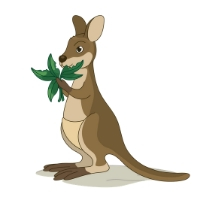
Rock wallabies have clumsy back legs that don’t move independently except when swimming

The lifespan of wallabies varies by species, but ranges from about 7 to 18 years.
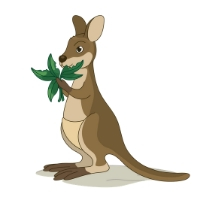
There are about 30 species of wallaby
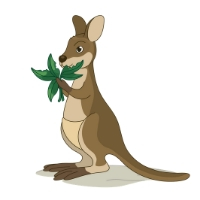
Wallabies can be found in Australia and also on the island of New Guinea
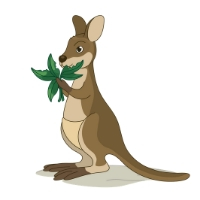
Wallabies powerful hind legs are not only used for bounding at high speeds and jumping great heights, but also to administer vigorous kicks to fend off potential predators
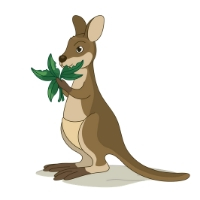
The top speed of the average wallaby is about 48 kilometers per hour
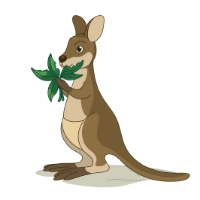
Wallabies are most active around dusk and dawn, meaning that the correct term is crepuscular, but they are also classified as nocturnal
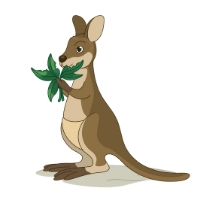
Adult male wallabies are referred to as “bucks”, “boomers”, or “jacks”. An adult female wallaby is known as a “doe”, “flyer”, or “jill”. A group of wallabies is called a “court”, “mob”, or “troupe.”





















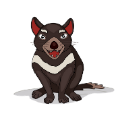
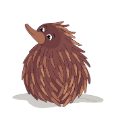
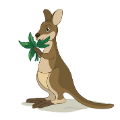
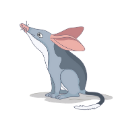
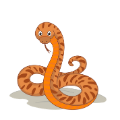

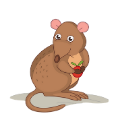

.jpeg)
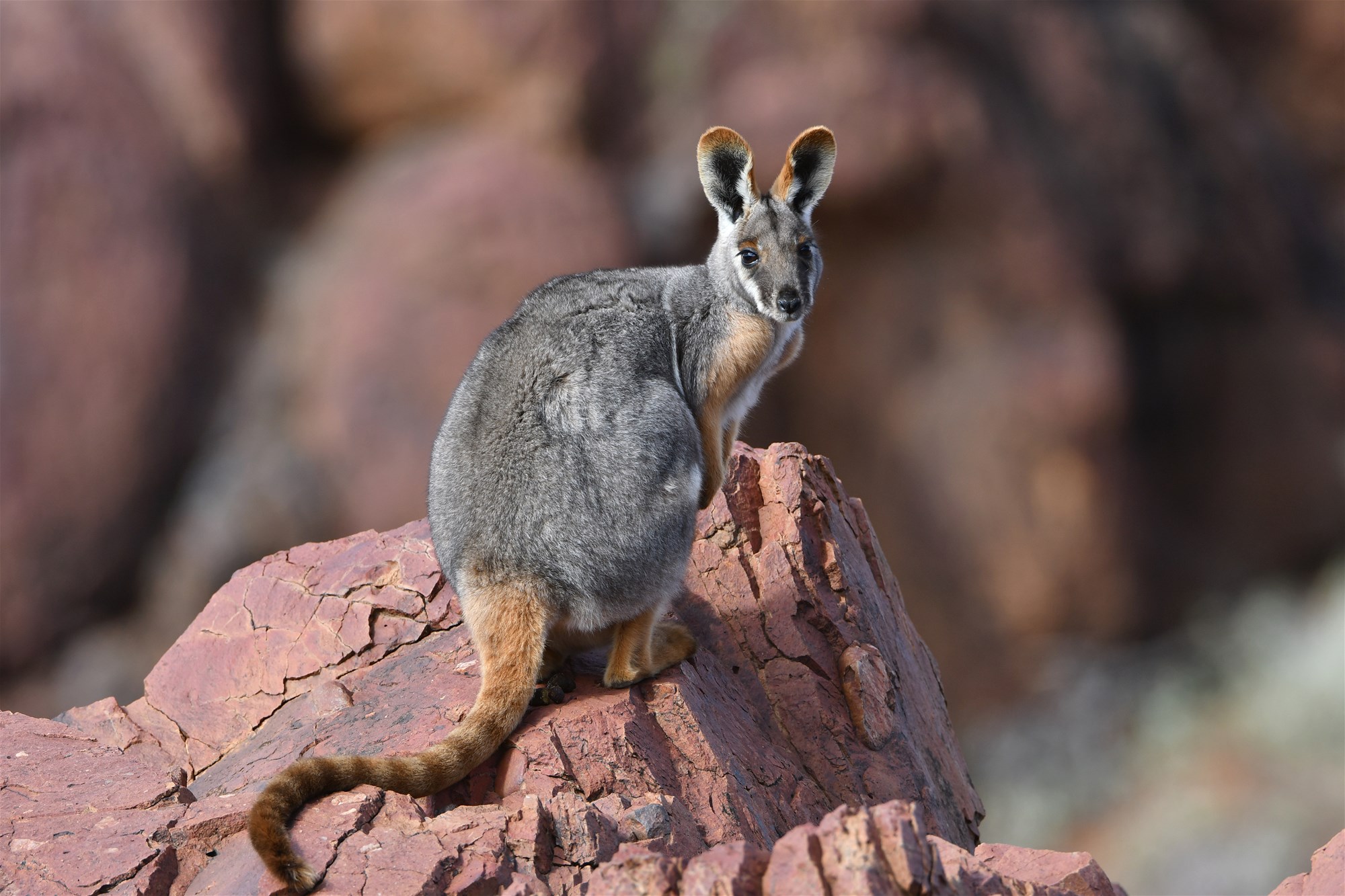 when they hop. They may also strike with their tails to protect themselves from predators. Wallabies have short arms, or forelegs, which they use to groom and balance themselves with and hold branches as they eat.
when they hop. They may also strike with their tails to protect themselves from predators. Wallabies have short arms, or forelegs, which they use to groom and balance themselves with and hold branches as they eat. 

